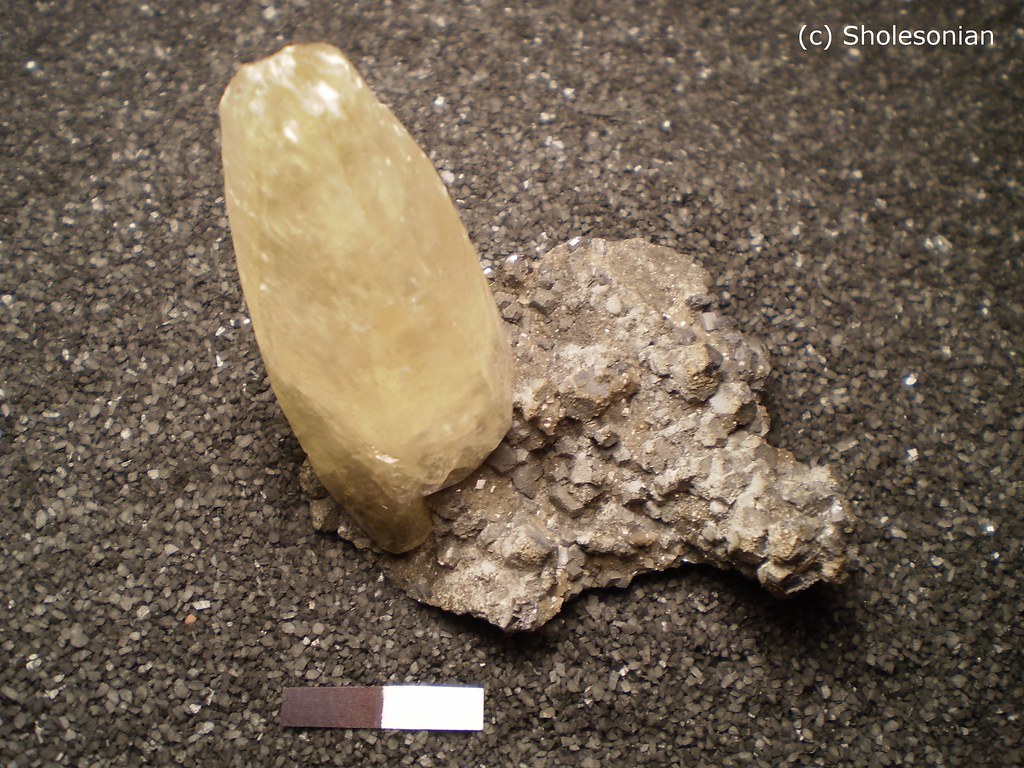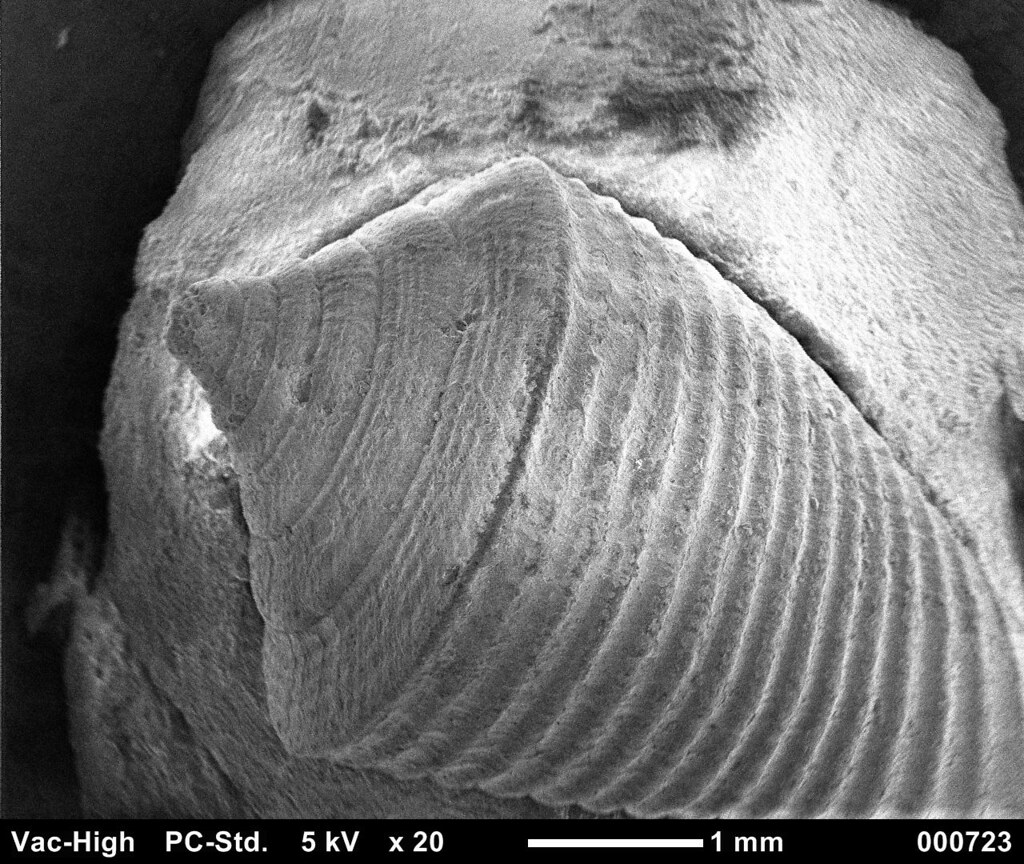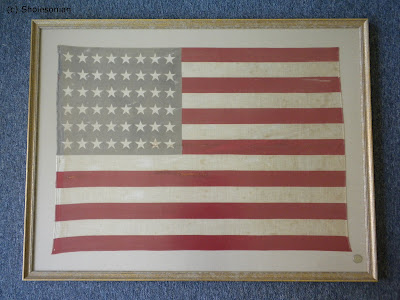HS 048
American Flag
Era: 1960's
Details: 48 stars
Happy Independence Day! Browsing through the Sholesonian collections I was trying to decide what would be a great piece to post that celebrates the United States on it's 235 birthday and what better than the old American Flag. This is one of the more prominent permanent displays at the Sholesonian, but what makes it so special? Well, count the stars. That's right this is an original 48 star flag, framed in all its glory (you can see George Washington in the corner on a quarter for scale). For those who are a bit rusty on their American history, the current 50 star flag came into being after Hawaii finally declared statehood after Alaska back in 1959.
Back in 2003 my grandparents were selling their large estate to move into more manageable housing and you may not know this but the Sholesonian has its roots in this house. My grandfather had turned the 2nd floor in a three story barn into a small personal museum, displaying all old stuff he had collected over the years being both a businessman and a farmer. This inspired me and has evolved into the current site you're reading. But the top floor of this barn had a half basketball court where my cousins and I would play when we came over. At the peak of the court hung this flag and while no one payed any attention to this dirty ragged old flag I managed to catch a glimpse and noticed it had 48 stars in the closing moments before I would leave the barn for good. So my grandpa took out the ladder, took it down, gave it to my mother to clean (it nearly disintegrated hitting the water), it was repaired a little, framed, and given to me for my birthday years ago. And as it turns out it was my father who placed this up in the barn back when he was a young kid.
On the back of the frame reads:
"Barn Ball Flag"
Placed in Peak of Barn at Sholestead,
Sennett, N.Y. by David G. Sholes
around 1965. Retrieved by Steven F.
Sholes upon sale of Sholestead in July
2003.
The 48 star flag was used for 47 years and is the second longest used flag in American history, with the current 50 star flag beating it out. It first came in use in 1912 after the incorporation of Arizona and New Mexico into the Union (There was no 47 star flag but a 49 star flag was used for a year). It's also interesting to note that there are already flag proposals for flags up to 56 stars for any case in which some territories of the United States reach statehood (such as Puerto Rico, Washington D.C., New York City, etc.), and you can learn more about the
history of the US flag here. And I also suggest you hop on over to the Smithsonian site to check out
THE original
Star Spangled Banner - the one Francis Scott Key saw still waving over the fort and wrote the song from.








